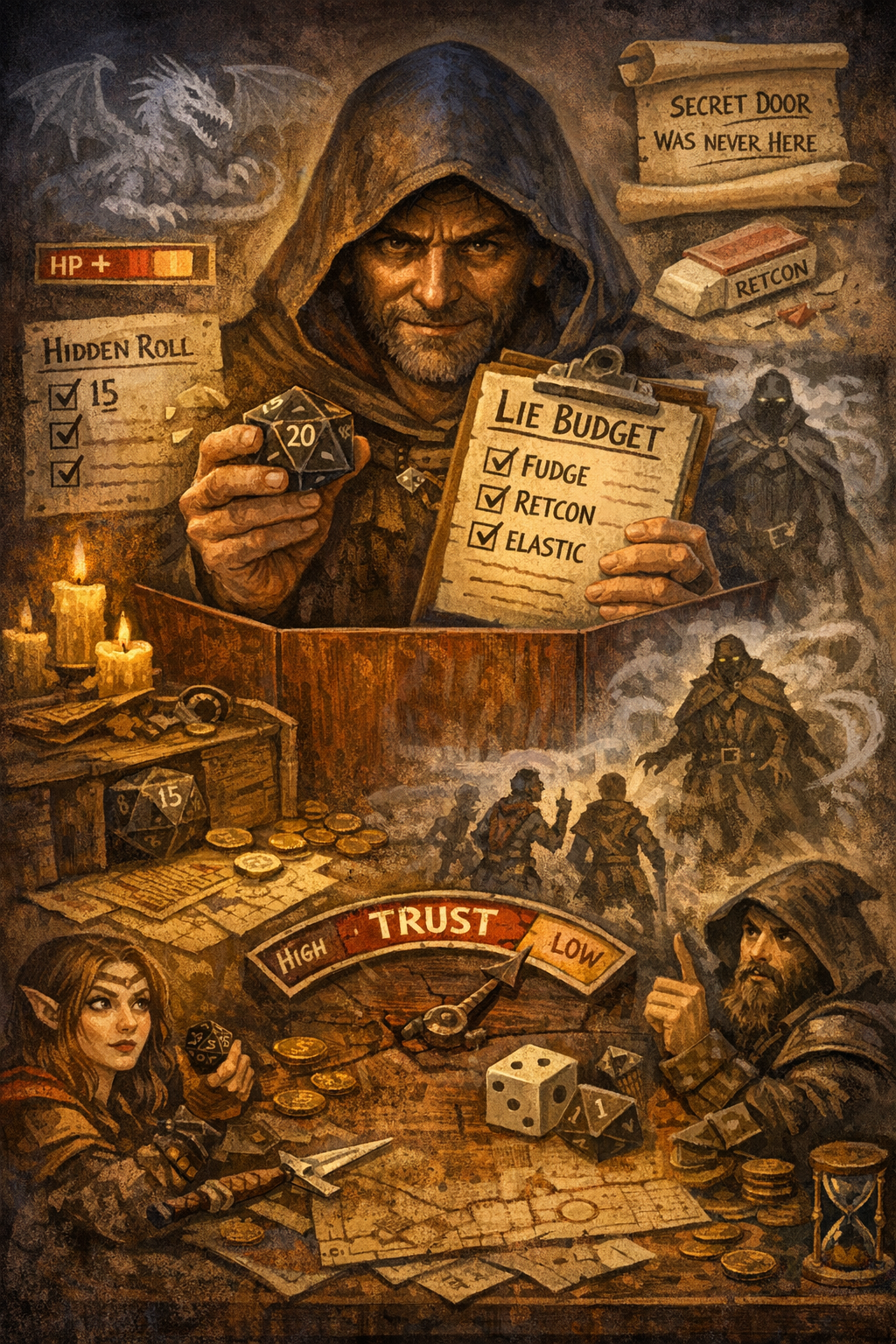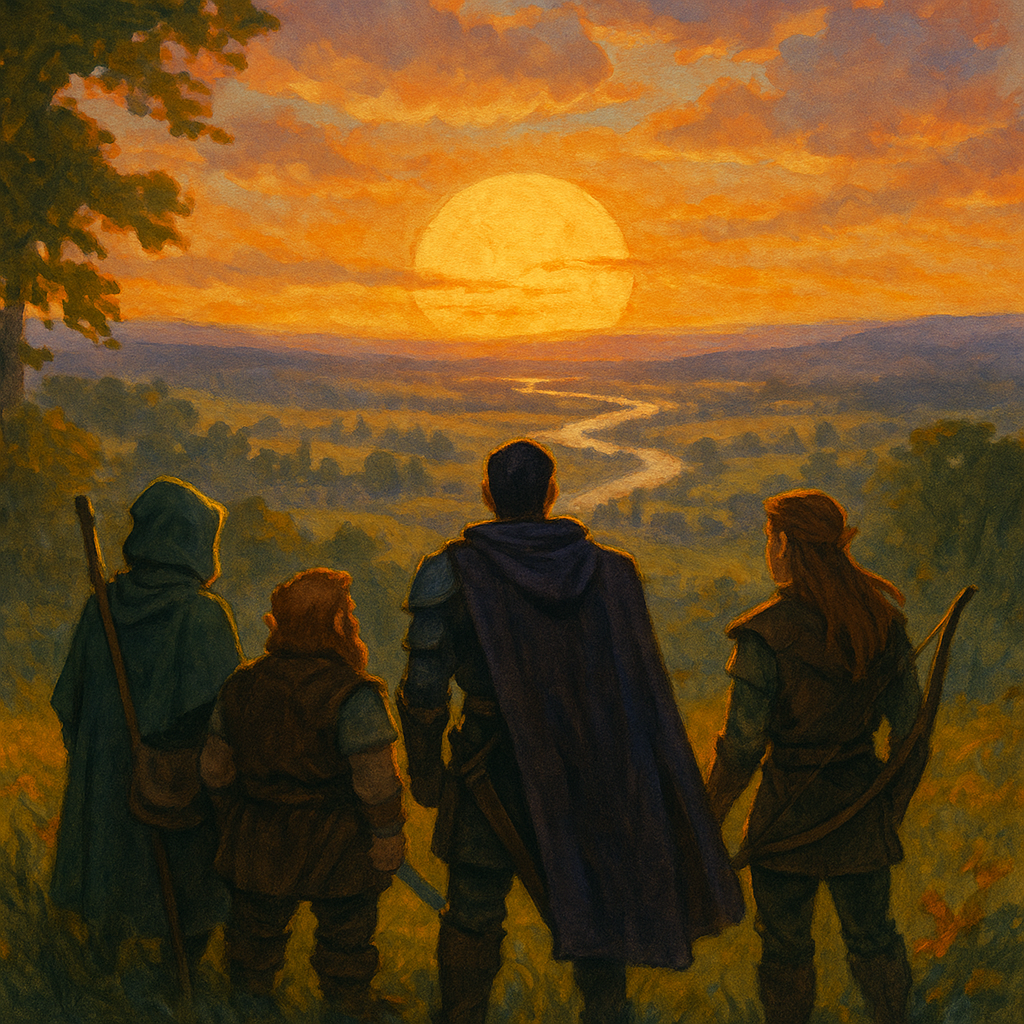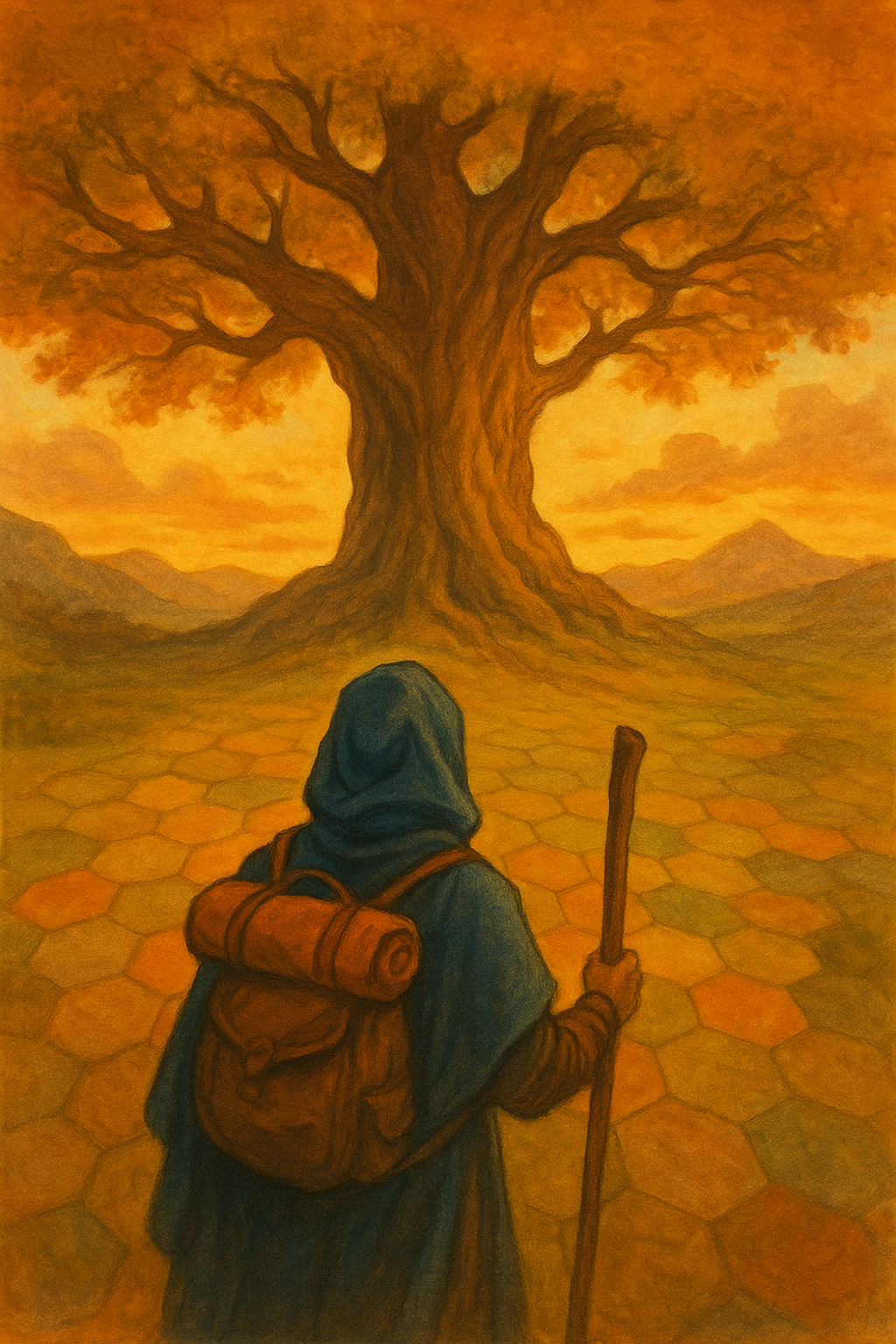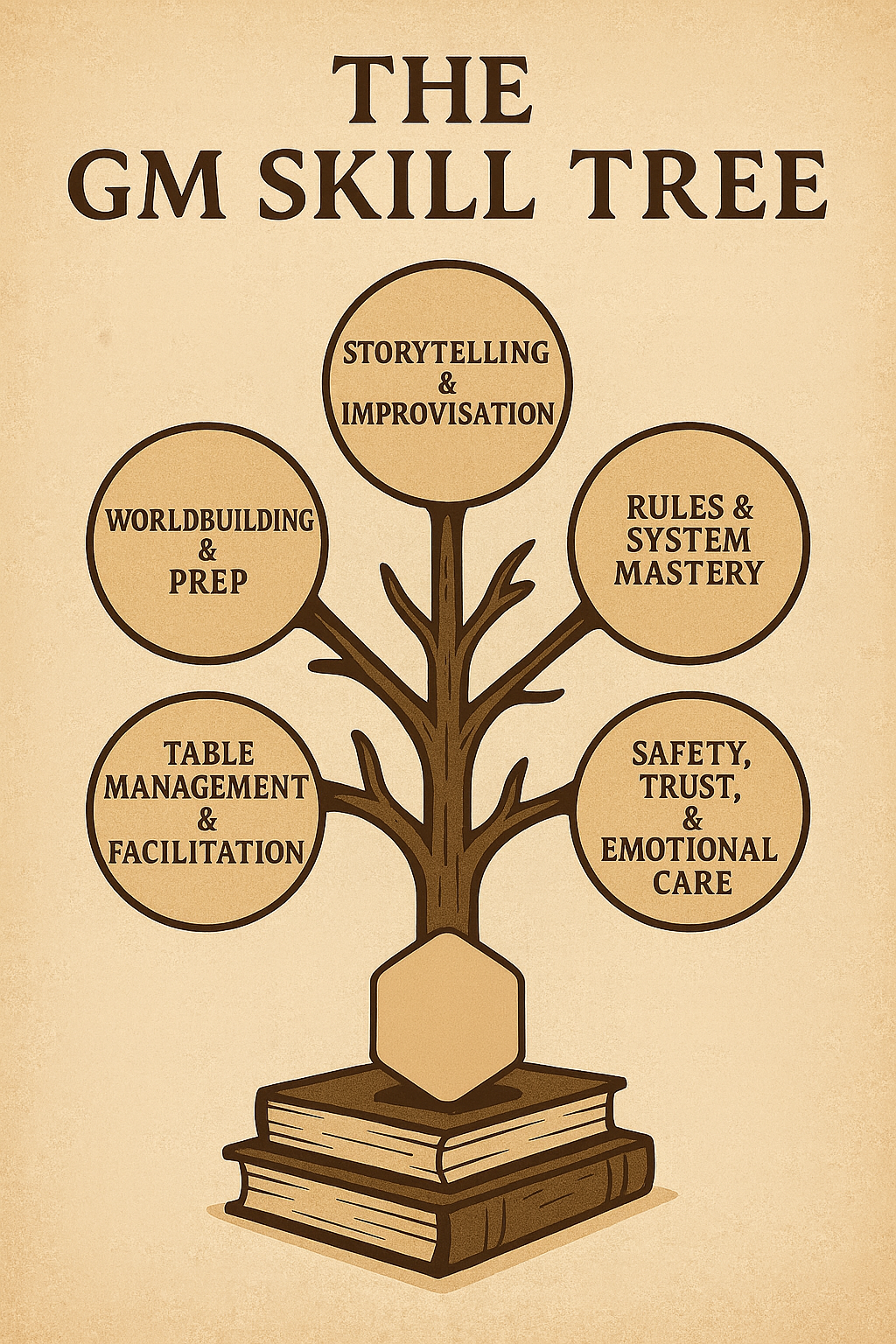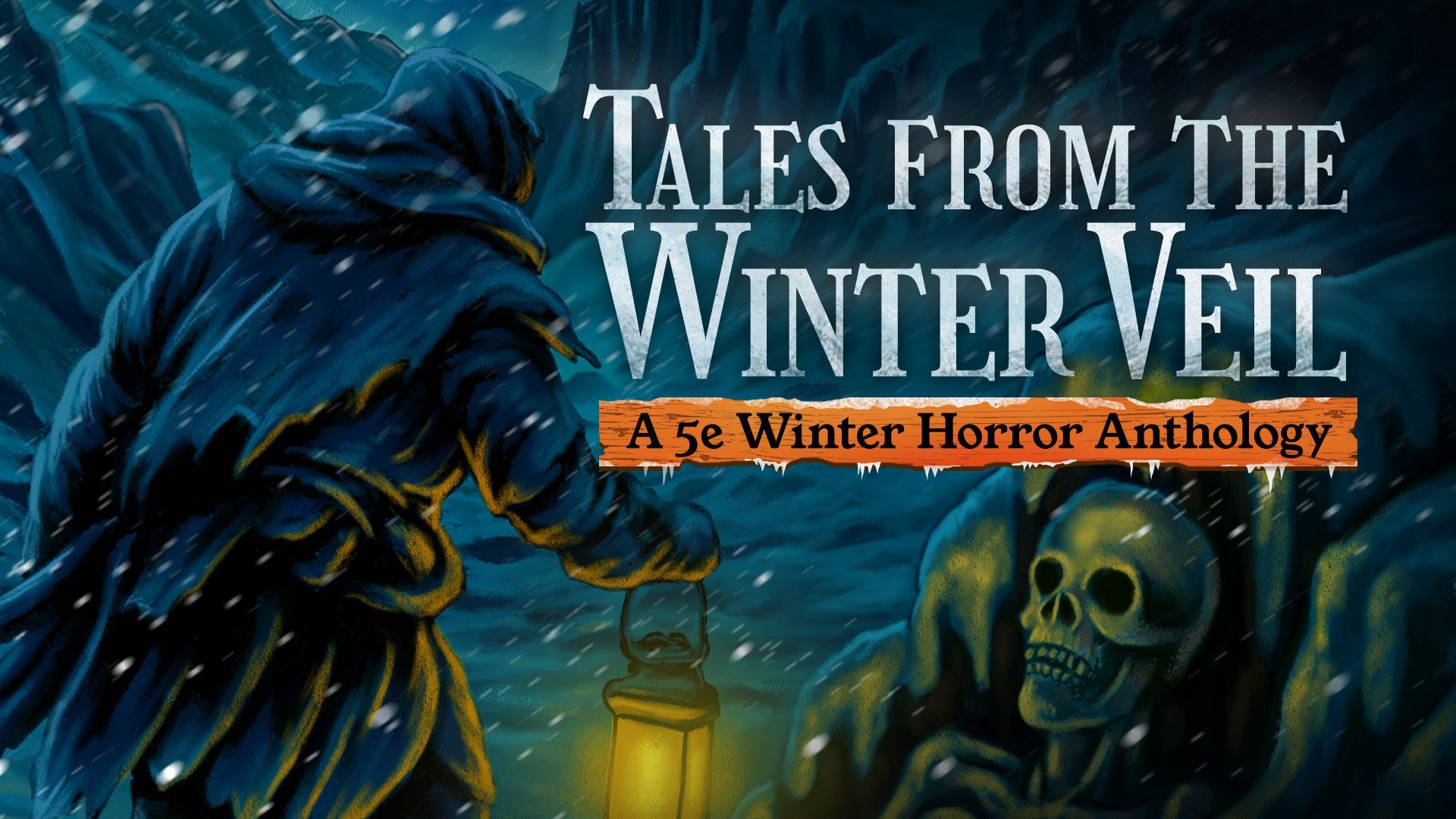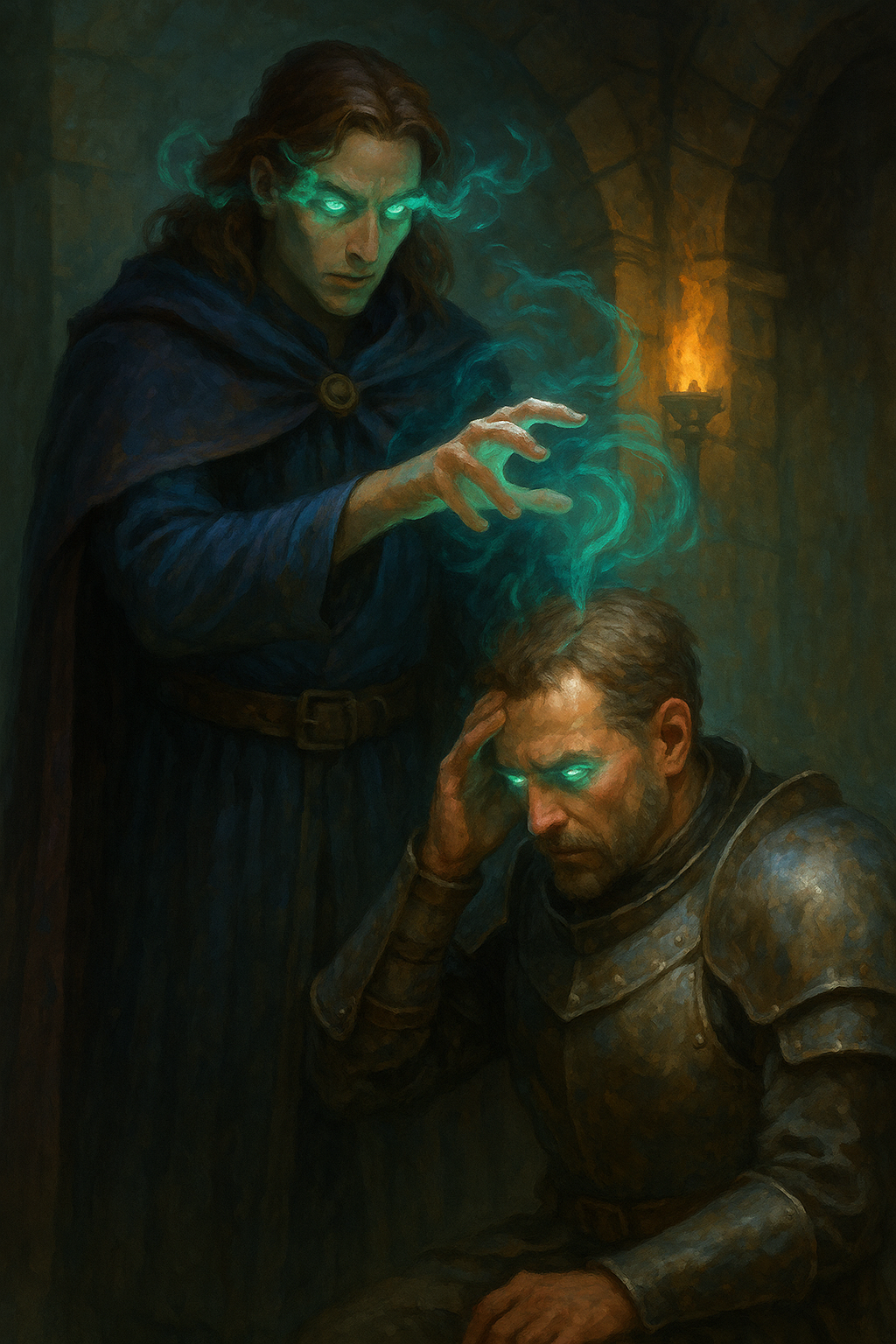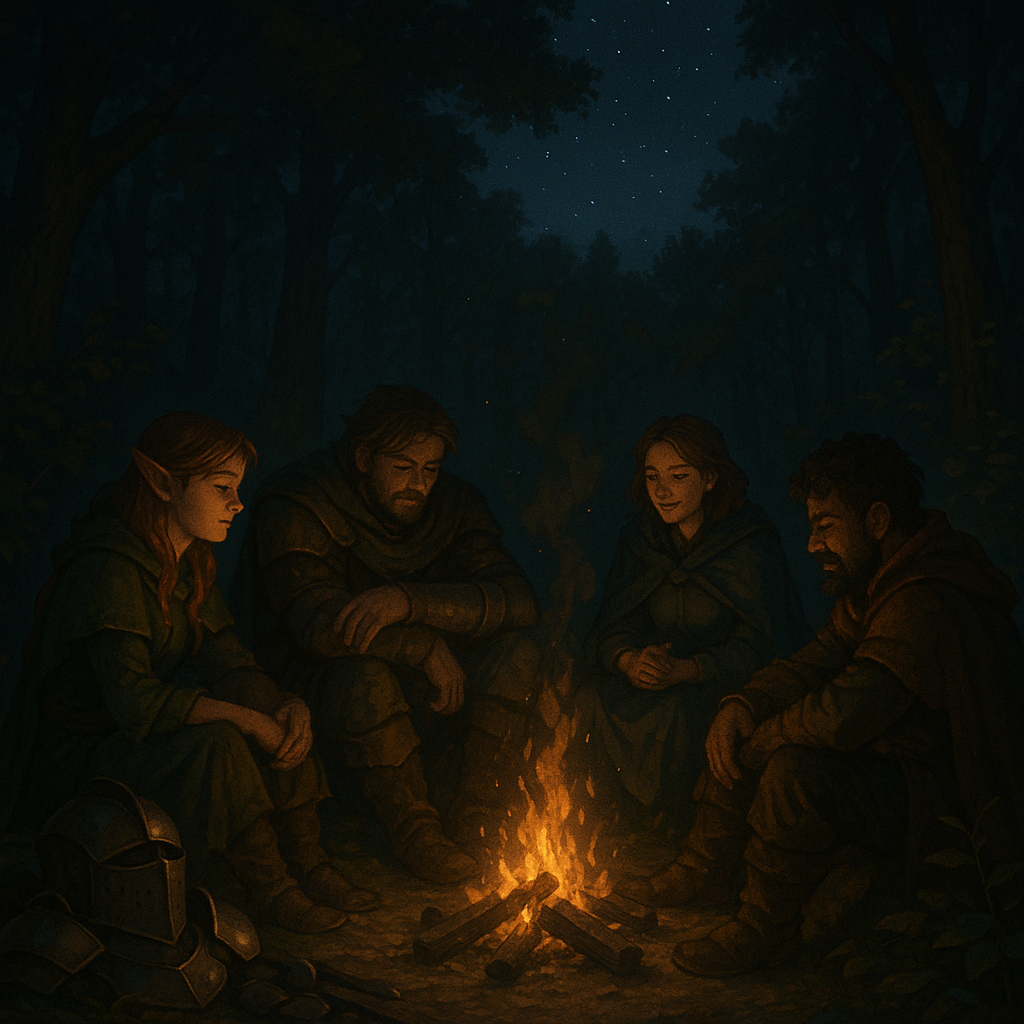Ending a D&D Campaign the Right Way: How to Give Your Players the Epic Finale They Deserve
phyrric victory or standing triumphant and everything in between
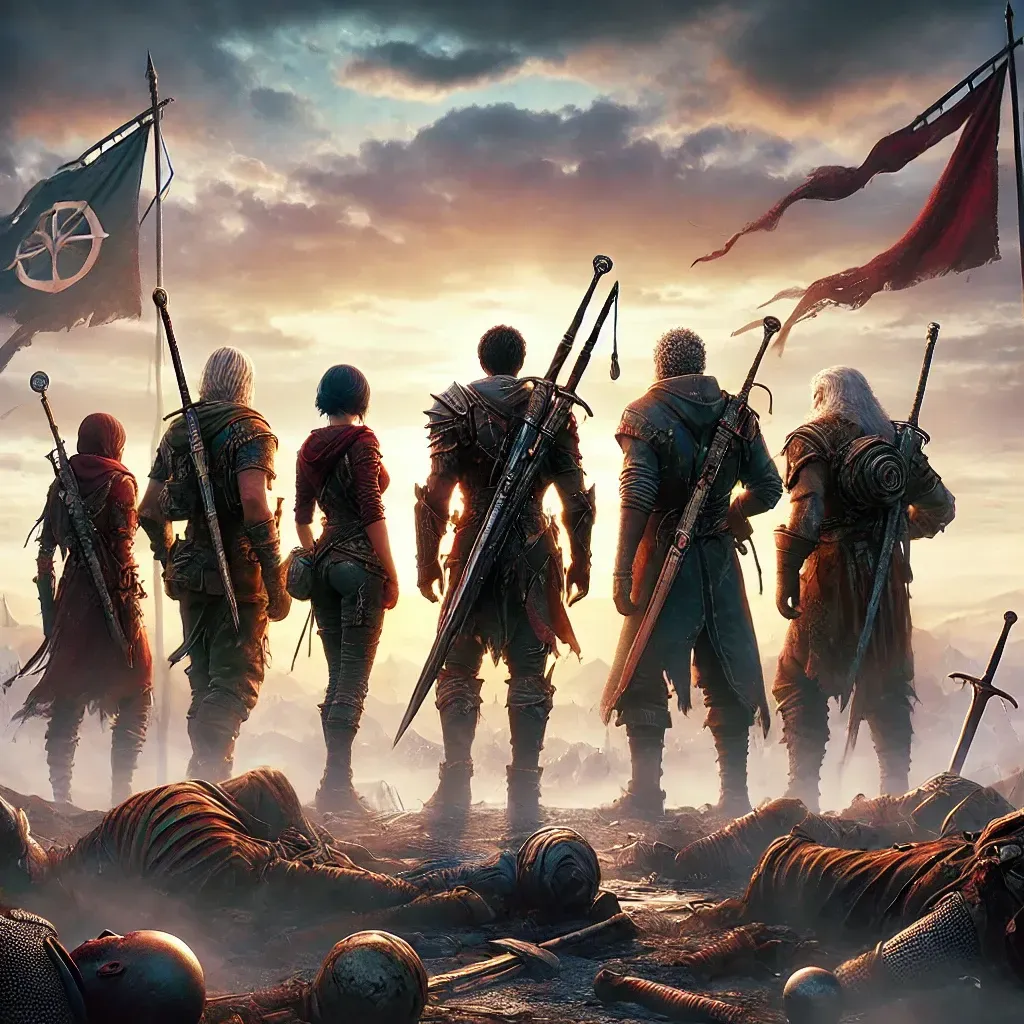
Dear Readers,
All things must come to an end, even the greatest of Dungeons & Dragons campaigns. Whether your group has been adventuring together for a few months or for years, the end of a campaign is a pivotal moment that should feel as satisfying as the journey itself. Today, we’ll explore how to end a D&D campaign the right way, ensuring that every player leaves the table with a sense of fulfillment, closure, and excitement for what’s next. With one of my own campaigns coming to a close and another having recently closed, I felt that it was a good time to go over this topic.
Understanding When to End
One of the hardest things about running a campaign is knowing when it’s time to conclude the story. Not every campaign has to last for years; sometimes, a short and sweet adventure is more satisfying than one that drags on endlessly. Here are some signs that your campaign is nearing its natural conclusion:
- The Story Has Reached Its Peak: If your players have defeated the ultimate villain, saved the realm, or achieved their personal character arcs, it might be time to wrap things up.
- Player Engagement is Waning: If the group is losing interest, struggling to make schedules work, or generally seems less invested, forcing the campaign to continue might do more harm than good.
- Real-Life Factors: Life happens, and sometimes it’s best to bring a campaign to a satisfying end rather than let it fizzle out due to scheduling conflicts or group changes.
- Thematic Resolution: When major character arcs have been resolved and the world feels like it has been changed meaningfully by the players' actions, a natural endpoint has been reached.
Once you recognize these signs, it’s time to start planning for a memorable conclusion.
Structuring a Memorable Finale
A great campaign ending doesn’t just happen—it takes planning, just like any other part of your game. Here are some key elements to consider when designing the final sessions:
1. Give Your Players a Chance to Shine
Your campaign's final act should let every player contribute meaningfully to the conclusion. Whether it’s a climactic battle, a daring heist, or a final decision that will shape the world, ensure that every character gets a moment of importance.
- The Barbarian might finally slay the warlord who destroyed their village.
- The Rogue could pull off an impossible deception to turn the tide of war.
- The Wizard might cast the final spell that seals away an ancient evil.
- The Cleric could redeem a lost soul at the very last moment.
Each player should leave feeling like their character played a crucial role in the ending.
2. Wrap Up Loose Ends
Nothing is more frustrating than unanswered questions. Take some time to address:
- What happens to the major NPCs?
- Do the players’ actions have lasting consequences?
- How has the world changed?
- Are there lingering threats or new stories waiting to unfold?
This doesn’t mean you need to answer everything, but providing closure to the major arcs helps the ending feel satisfying rather than abrupt.
3. The Final Encounter
A final confrontation should feel epic, emotional, and meaningful. Depending on your campaign’s tone, this could be a grand battle against a world-ending foe, a tense political standoff, or even an introspective choice about the characters’ futures.
- Combat-Heavy Campaigns: The final fight should challenge the players and push them to use all their abilities. It should feel like the culmination of their power and progress.
- Narrative-Driven Campaigns: A dramatic roleplaying scene or a major decision with high stakes can be just as impactful as a boss fight.
- Moral Dilemmas: Offering the players a meaningful choice that shapes the world can make for an unforgettable ending.
4. Epilogues and Character Endings
Once the dust settles, let each player narrate their character’s fate.
- Does the fighter retire to start a school for aspiring warriors?
- Does the bard become a legend in their own right, inspiring songs for generations?
- Does the warlock break free from their pact, or embrace the darkness?
Encourage your players to describe where their characters go from here. These personal epilogues add a sense of closure and provide satisfying conclusions for their journeys.
5. The Final Scene
Much like the opening of your campaign set the tone, the closing scene should feel like a definitive ending. It could be:
- A peaceful celebration, as the kingdom honors its heroes.
- A solemn farewell, as the party members go their separate ways.
- A cryptic hint of unfinished business, teasing future adventures.
However you choose to end it, make sure it feels like an ending. Give your players that sense of accomplishment they deserve.
What Comes After?
Once the campaign is over, your group might be wondering what’s next. Here are some ways to transition smoothly:
- Start a New Campaign: Maybe it’s time for a new story, with fresh characters in the same world or an entirely new setting.
- One-Shots or Short Arcs: If a full-length campaign feels daunting, a series of connected one-shots can be a great way to keep playing with lower commitment.
- Legacy Elements: Consider how past campaigns might influence future ones. Will the heroes of this story be legends in the next?
- Take a Break: If you’ve been playing for a long time, a short break can help everyone recharge before diving into another adventure.
Conclusion
Ending a campaign is bittersweet, but when done well, it leaves a lasting impact on everyone involved. The best finales give players a sense of agency, closure, and appreciation for the story they’ve helped create. Whether you’re preparing for a climactic battle or a heartfelt goodbye, remember that the ending should be a celebration of the journey.
So, as you plan your next big finale, keep these principles in mind, and give your players the send-off they deserve.
Until next time, Dear Readers...
















